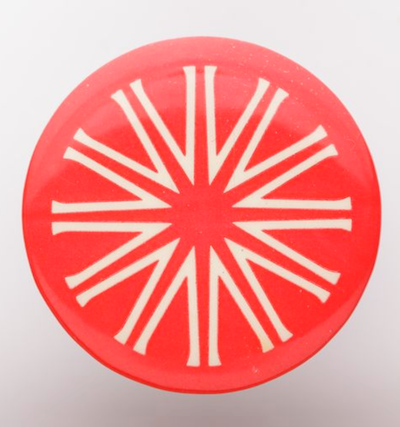Against the war
Australia's involvement in the Vietnam War dates from 1965 to 1972. In 1964, Prime Minister, Robert Menzies introduced the National Service Act under which men were legally obliged to register for conscription by their twentieth birthday. As the war continued into the late1960s and early 1970s, the death toll of Australian troops mounted. Images also circulated of the devastating effect of military bombardment on Vietnamese civilians, including children. Consequently, from 1968 onwards, opposition to Vietnam increased and social consciousness, anti-war groups gathered momentum.
UQ student protest groups such as Campus Moritorium Committee (FVF118) and Vietnam Action Commitee (FVF519) joined larger organisers in the peace movement: Congress for International Cooperation and Disarmament, the Australian Labor Party (ALP) and Communist Party of Australia (CPA) and Save Our Sons (SOS).

A call to all youth
Historical documents in the Fryer Library collection give an insight into the grassroots movement unified in its opposition to war: records of self-organised forums, leaflet distribution and paste ups of street posters. Chips Mackinolty’s poster ‘A Call to All Youth’ is one example of an organised group meeting, held at the Teacher's Federation in the Sydney CBD, to plan further Moratorium action.

Moratorium marches
Activism culminated in Moratorium marches at the start of the 1970s, which were intended to stop ‘business as usual’ protest efforts. Senior Labor minister Jim Cairns was chair of the Vietnam Moratorium Campaign and led the mass movement of large protests around the country beginning in May 1970.
 .
. 
Badges, posters and leaflets had been prepared and public speeches given ahead of the first march and ‘sit down’ to block roads and stop traffic. The slogan ‘Stop work to stop the war’ was adopted as the demonstration was held during work time. Shops were urged to close during the time of the Moratorium and trade unionists had encouraged workers in industry to leave work to join the protest.

Following the second Moratorium in September 1970, the last Moratorium protests were held in 1971. In Brisbane, people lit candles while gathered to hear speeches at Roma Street Parklands in Brisbane’s Central Business District. Events were also held on the Gold Coast, where activists participated in talk-ins, surf-ins and music-ins.
These consistent and steadfast protests, over time, made an impact. One of the first actions of the Whitlam government when it was elected in 1972 was to end compulsory conscription.
More resources
Find out more about the Vietnam Moratorium through exploring the collections held in the Fryer Library:
- Ephemera relating to the anti-Vietnam War movement
- Campus Moratorium Committee Ephemera
- Grahame Garner photograph collection
- Revolutionary Socialist students Alliance
- Campaign against conscription